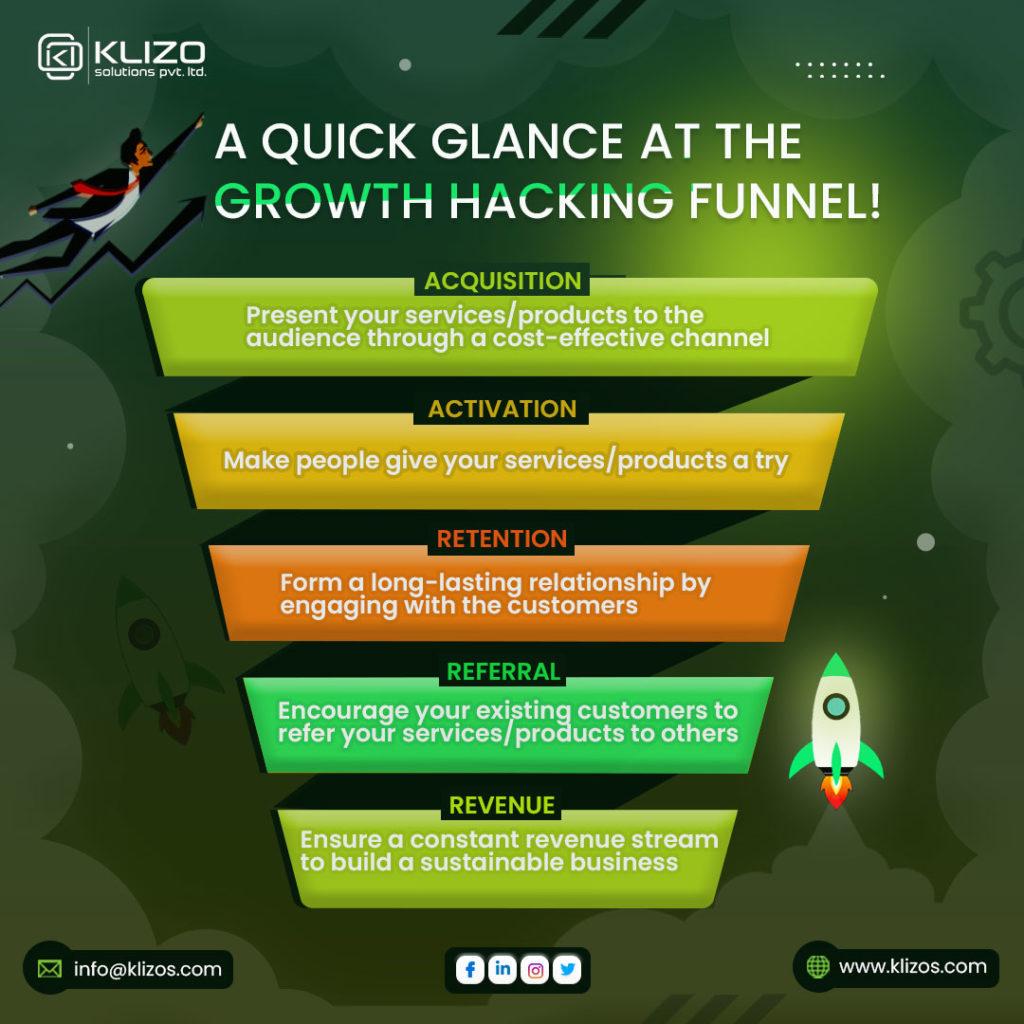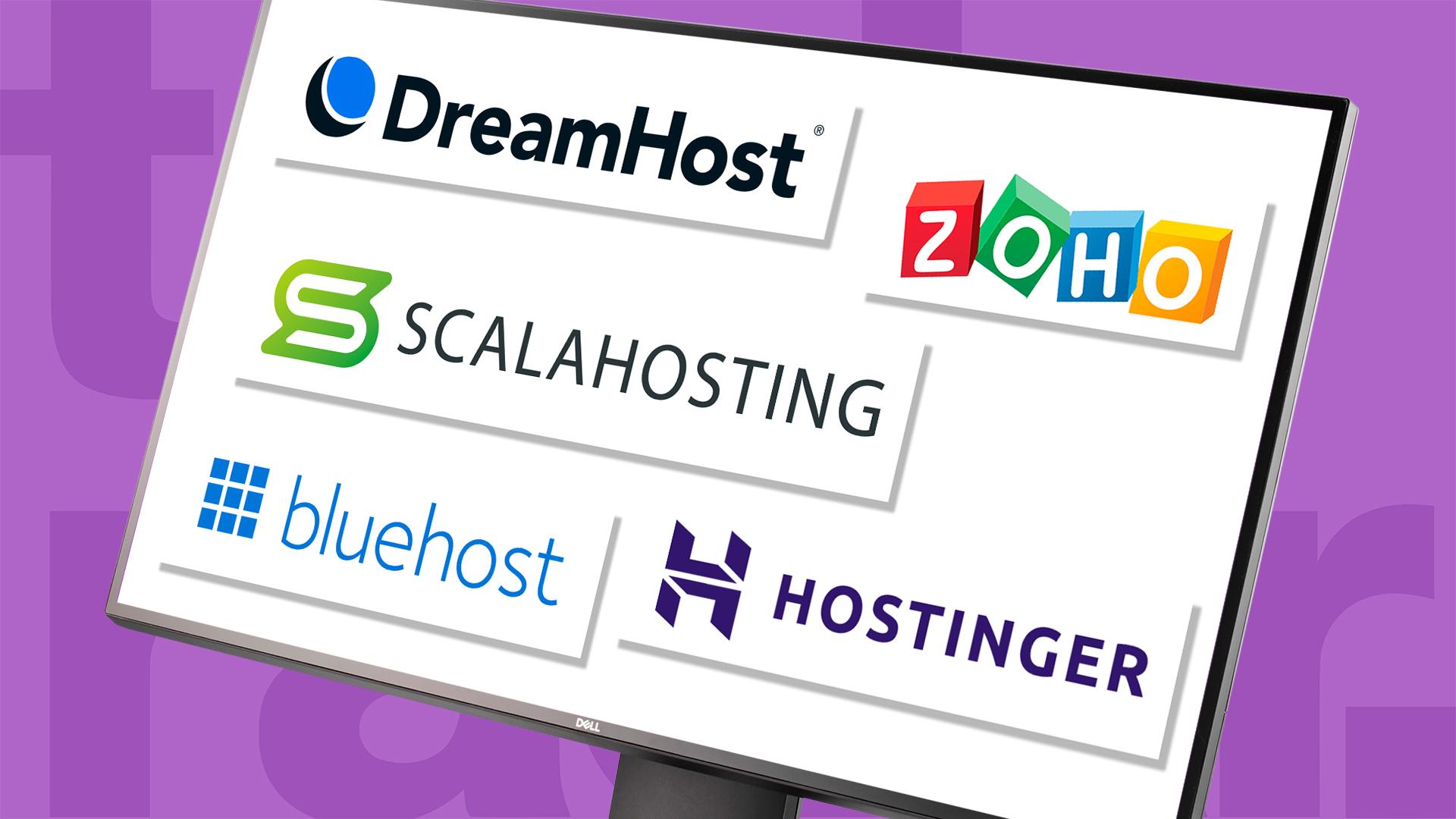In today’s fast-paced digital world, the way we learn and develop skills is constantly evolving. Whether you’re a student seeking to expand your knowledge or a professional aiming to enhance your expertise,the tools we use to facilitate that learning are more important than ever. Enter the learning Management System (LMS)—a powerful platform that’s transforming education and training across various industries. but what exactly is an LMS, and how does it work? In this article, we’ll break down the meaning of an LMS, explore its many uses, and highlight why it’s become an essential resource for learners and educators alike.So, if you’re curious about how an LMS can unlock new opportunities for you or your institution, keep reading! You might just discover the key to a more effective and engaging learning experience.
Understanding the Basics of an LMS and Its purpose
An LMS, or Learning Management System, is a powerful digital platform designed to facilitate the management, delivery, and assessment of educational content. At its core, an LMS serves as an online space where learners can access a wide range of resources, track their progress, and engage with instructors and peers. This innovative technology is revolutionizing the way education is delivered,making it more accessible and flexible for learners of all backgrounds.
So, what exactly makes an LMS essential in today’s educational landscape? Here are some key purposes:
- Centralized Learning: It provides a single point of access for all course materials, making it easier for learners to find and engage with content.
- Progress Tracking: Users can monitor their learning journey, receiving feedback and assessments that help them understand their strengths and areas for betterment.
- Engagement Tools: features such as discussion forums, quizzes, and multimedia content enhance interaction among students and educators.
- Scalability: LMS platforms can accommodate a growing number of users and courses, making them suitable for institutions of all sizes.
Moreover, the versatility of an LMS extends beyond customary education. Businesses and organizations utilize LMS to provide training and progress for their employees. This application allows them to:
- Onboard New Employees: Streamline the training process for new hires, ensuring they are equipped with the necessary skills from day one.
- Upskill Workforce: Offer continual learning opportunities, helping employees stay updated with industry trends and practices.
- Measure Effectiveness: Analyse training outcomes through metrics and analytics, allowing for data-driven decisions.
an LMS is not just a tool for education; it’s a dynamic platform that fosters a culture of learning and growth. By leveraging technology, both educational institutions and businesses can create a more engaging, efficient, and effective learning environment. With an LMS, the possibilities for enhancing knowledge and skills are virtually limitless.
The Key Features That Make a Great Learning Management System
When it comes to selecting an effective Learning Management System (LMS), there are several key features that can substantially enhance the learning experience for both educators and learners. A great LMS should not only facilitate content delivery but also foster engagement and foster collaboration.
User-Friendly Interface: The first impression counts! A clean and intuitive interface ensures that users can easily navigate through the system. Whether it’s an instructor setting up a course or a student accessing learning materials, simplicity is essential. An LMS should provide:
- Intuitive dashboards for users
- Clear course navigation
- Accessible help resources
Robust Reporting and Analytics: Understanding learner progress is crucial for any educational program.An LMS with powerful reporting features enables educators to track student performance, engagement levels, and completion rates. this data can be presented in a variety of formats, allowing for:
- Customizable reports
- Real-time analytics
- Insights to improve course content
| Feature | Benefit |
|---|---|
| Mobile Compatibility | Access learning materials anytime, anywhere |
| Integration Capabilities | Seamless connection with other tools and platforms |
| Interactive Content | Engage learners through quizzes, forums, and multimedia |
Personalization Options: Every learner is unique, which is why an LMS should offer personalization features. From tailored learning paths to adaptive assessments, the ability to customize the learning experience can significantly boost retention and satisfaction. Look for:
- Learning paths based on user progress
- Adaptive testing that changes according to performance
- Personalized feedback and recommendations
Collaboration Tools: In today’s digital age, learning is not just a solitary endeavor. An LMS that integrates social learning features,such as discussion forums,chat options,and group projects,can foster a sense of community among students. This can lead to:
- Enhanced learner engagement
- Knowledge sharing and peer support
- Networking opportunities for students
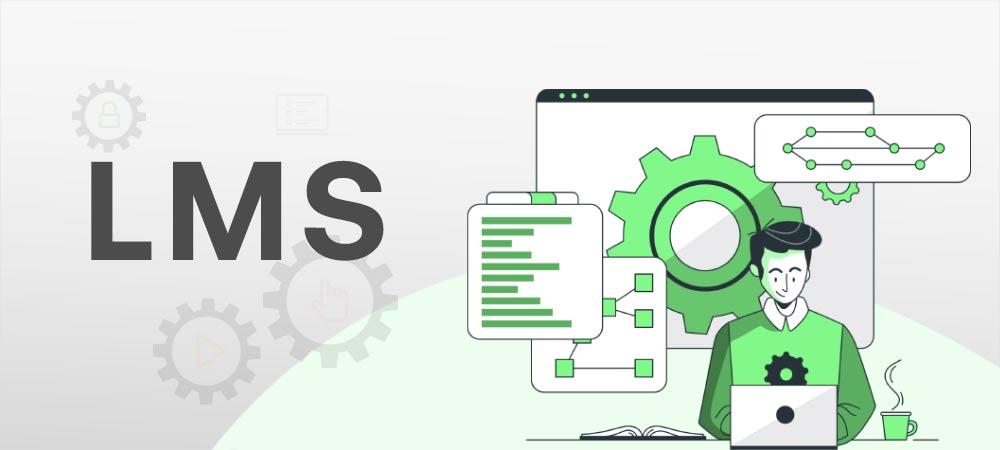
How an LMS Transforms Traditional Learning Environments
In the rapidly evolving landscape of education, traditional learning environments are being redefined by the integration of Learning Management Systems (LMS). These digital platforms are not just tools; they are catalysts for change, transforming how educators teach and students learn. By bridging the gap between conventional methodologies and innovative practices, LMS provides a more interactive and flexible approach that resonates with today’s diverse learner demographics.
One of the standout features of an LMS is its ability to facilitate personalized learning journeys. Unlike traditional classrooms that often adopt a one-size-fits-all approach, an LMS allows educators to tailor experiences to individual student needs.This customization can include:
- adaptive learning paths based on performance
- Curated resources for varying skill levels
- Real-time feedback that helps learners progress at their own pace
moreover, LMS platforms foster a collaborative learning environment. Students can engage with peers and instructors in ways that extend beyond the classroom walls. Features such as discussion forums,group projects,and peer reviews create a vibrant online community where knowledge sharing and teamwork thrive. This not only enhances understanding but also equips learners with essential skills for the modern workforce.
Another significant advantage is the accessibility and flexibility that LMS offers. students can access course materials anytime, anywhere, breaking down geographical barriers and accommodating various learning schedules. This is especially beneficial for adult learners or those balancing education with work and family commitments. The ability to revisit lectures, utilize multimedia resources, and participate in interactive assessments makes learning more engaging and effective.
Additionally, the integration of analytics within an LMS provides educators with valuable insights into student performance and engagement. Through tracking progress and identifying areas for improvement, educators can make data-driven decisions that enhance teaching strategies and drive student success. This continuous feedback loop not only supports learners but also empowers instructors to evolve their practices.
Ultimately, the transition to an LMS represents a fundamental shift from traditional learning methods to a more dynamic, inclusive, and effective educational framework. As institutions embrace these technologies, the potential for enriched learning experiences and improved outcomes grows exponentially, paving the way for a future where education is genuinely learner-centered.
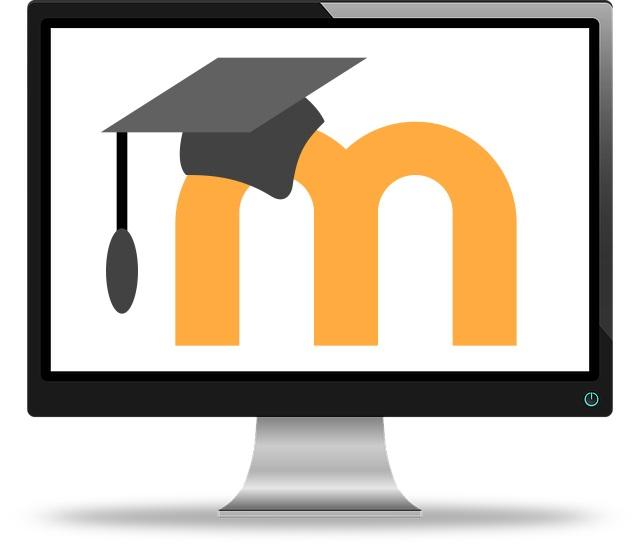
Exploring Different Types of LMS and Their Unique Benefits
When it comes to Learning Management Systems (LMS),the landscape is rich and diverse,offering a plethora of options tailored for different learning needs and environments. Each type of LMS brings its own unique benefits, making it essential to choose the right one that aligns with your educational objectives.
Cloud-based LMS solutions have gained popularity due to their accessibility and scalability. Being hosted on the cloud, they allow users to access training materials from anywhere, at any time. This flexibility is particularly beneficial for organizations with remote employees or those that operate in multiple locations. With cloud-based systems, updates and maintenance are seamless, reducing the need for in-house IT support.
Corporate LMS platforms are specifically designed for workplace training and employee development. These systems often include features such as compliance tracking, performance management, and analytics that help organizations monitor employee progress and training effectiveness. The focus on professional development makes corporate LMSs a valuable investment for businesses looking to enhance their workforce skills and improve overall productivity.
Conversely, Academic LMS systems cater primarily to educational institutions. They support course management, student enrollment, and grading, making them ideal for teachers and administrators. Features like discussion boards and group projects foster collaboration among students, while built-in assessment tools help educators gauge student performance. This type of LMS is particularly beneficial in creating an engaging and interactive learning environment.
Moreover, the rise of Open Source LMS allows institutions and organizations to customize their learning environments without the hefty price tag of proprietary software. These platforms not only provide flexibility in terms of features and functionalities but also foster a community of developers and educators who contribute to continuous improvement. This can lead to innovative solutions tailored to specific learning contexts.
| LMS Type | Key Benefits |
|---|---|
| cloud-based LMS | Accessibility, scalability, low maintenance |
| Corporate LMS | Compliance tracking, performance management, enhanced productivity |
| Academic LMS | Course management, student collaboration, assessment tools |
| Open Source LMS | Customization, community support, cost-effective |
understanding the different types of LMS helps organizations and educational institutions make informed decisions that cater to their specific needs. Whether its improving employee performance through corporate training or creating an interactive academic environment, each LMS type offers unique advantages that can significantly enhance the learning experience.
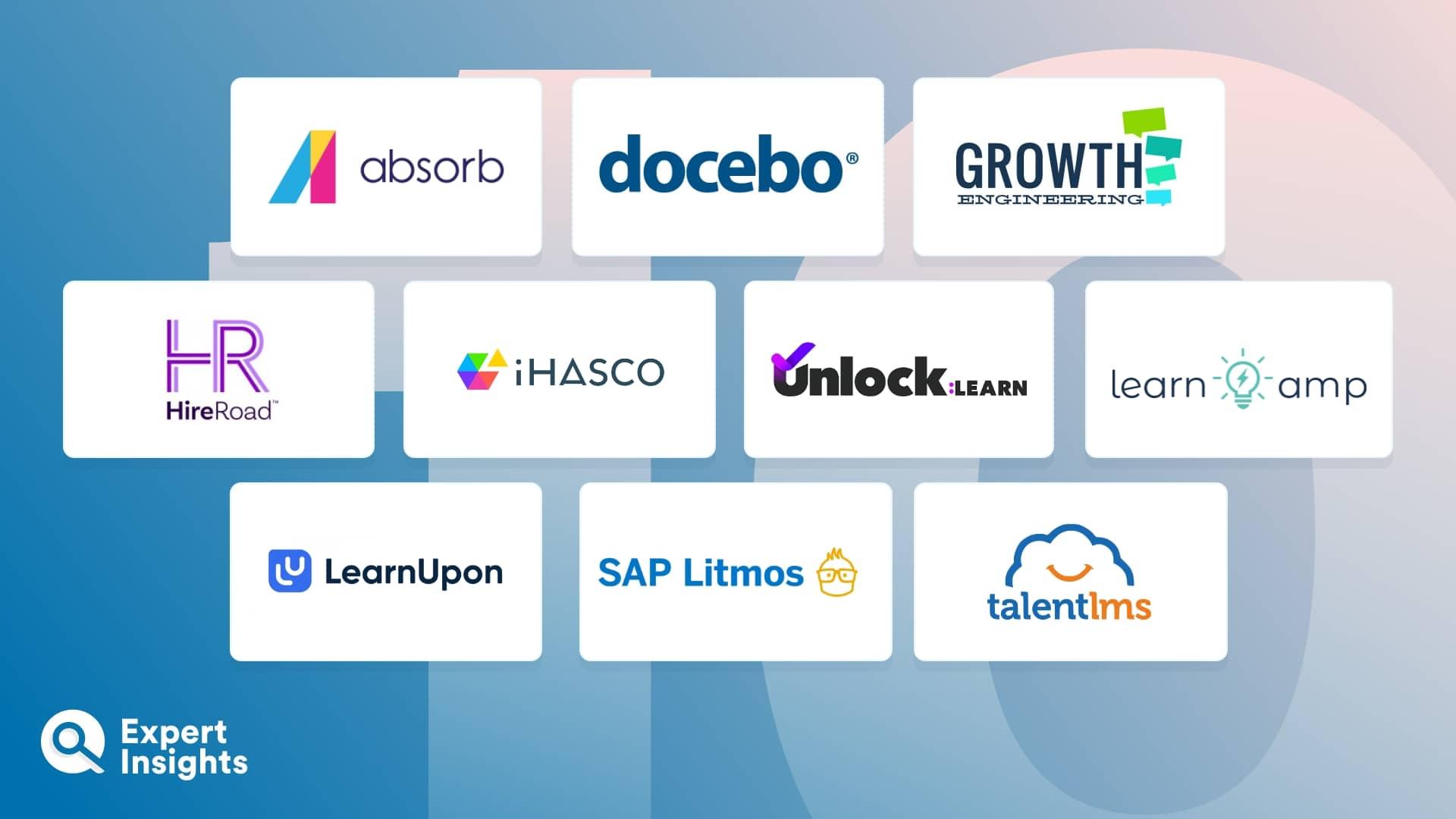
Real-world Applications: Where and How LMS is used Effectively
Learning management Systems (LMS) have found their place in diverse sectors, revolutionizing the way organizations deliver education and training. From corporate environments to educational institutions,the versatility of LMS platforms is evident. Here are some of the most effective applications:
- Corporate training: Companies utilize LMS for onboarding new employees, ensuring they have easy access to materials and training modules. This streamlines the training process, allowing employees to learn at their own pace while tracking their progress.
- Higher Education: Universities and colleges leverage LMS to manage course content, facilitate discussions, and provide resources for students. This digital approach enhances collaboration and engagement, allowing students to connect with peers and instructors seamlessly.
- Healthcare Training: In the healthcare sector, LMS is employed to provide ongoing education for medical staff. Courses on best practices, compliance, and new technologies can be delivered online, ensuring that professionals stay up-to-date in a rapidly changing field.
- Non-Profit Organizations: Non-profits can use LMS to train volunteers and staff on various topics, from fundraising techniques to community outreach strategies. This ensures that their teams are well-equipped to fulfill their mission effectively.
Moreover, the integration of interactive elements within LMS platforms enhances the learning experience. Features such as quizzes, discussion forums, and multimedia content engage users, promoting knowledge retention. For instance, organizations can engage learners through:
| Interactive feature | Benefit |
|---|---|
| Quizzes | Reinforces learning and assesses understanding |
| Discussion Forums | Encourages collaboration and peer learning |
| Gamification | Makes learning fun and increases motivation |
The real power of LMS lies in its ability to provide analytics and reporting. Organizations can track user progress,identify knowledge gaps,and measure the effectiveness of their training programs. By leveraging these insights, companies can continuously improve their training strategies, ensuring maximum engagement and retention.
the real-world applications of LMS demonstrate its transformative potential across various sectors. With its ability to provide personalized, scalable, and effective training solutions, organizations that embrace LMS not only improve their educational outcomes but also empower their workforce for future challenges.
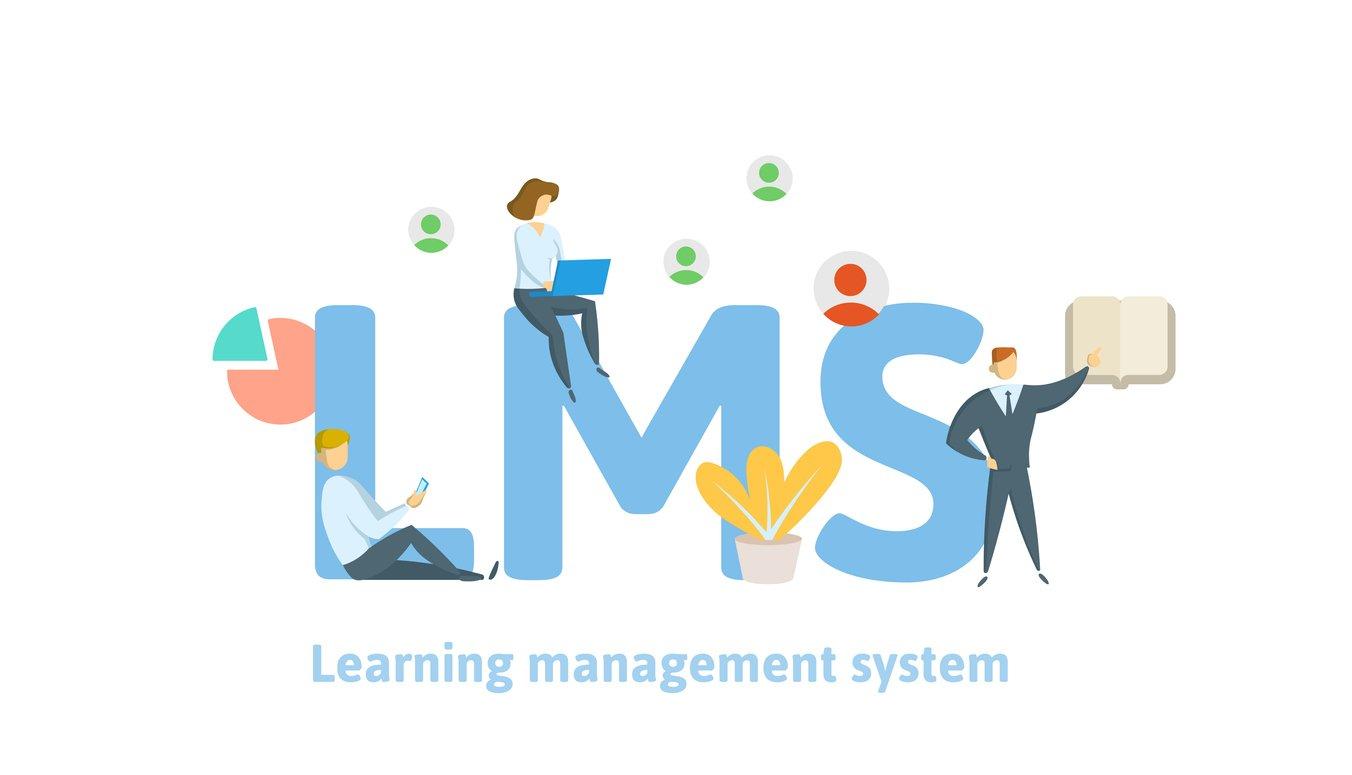
Choosing the Right LMS for your Organization: Essential Tips
When it comes to selecting a Learning Management System (LMS) for your organization, the decision can feel overwhelming, given the myriad of options available. However, armed with the right knowledge and a clear understanding of your needs, you can navigate this process with confidence. Here are some essential tips to guide you:
- Define Your goals: Start by identifying what you want to achieve with the LMS. Are you focusing on employee training, compliance, or customer education? Knowing your objectives will help you choose a platform that aligns with your vision.
- Evaluate User Experience: A user-friendly interface is crucial. Consider the learning curve for both administrators and end-users.the easier the platform is to navigate, the more likely it is that employees will engage with the training materials.
- Integration Capabilities: The LMS should seamlessly integrate with your existing systems, such as HR software or content management systems. This ensures a smooth transition and enhances overall functionality.
- Content Flexibility: Look for a platform that supports various content formats, including videos, quizzes, and documents. This versatility can enrich the learning experience and cater to different learning styles.
- Scalability: Choose an LMS that can grow with your organization. Whether you plan to expand your team or offer additional training programs, ensure that the system can accommodate your future needs.
Another critical factor is support and training. A reliable vendor will provide robust customer support and training resources to help you get the most out of your LMS. This can include:
| Support Type | Description |
|---|---|
| Email Support | Rapid assistance for technical issues via email. |
| Live Chat | Real-time help from customer service representatives. |
| Webinars | Training sessions to help users navigate the LMS effectively. |
Lastly, don’t forget to take advantage of free trials or demos. Experiencing the LMS firsthand allows you to assess its features and functionalities before making a commitment. This practical insight can be invaluable in helping you make the right choice for your organization.
Maximizing Engagement and Learning Outcomes with an LMS
In today’s fast-paced educational environment,leveraging a Learning Management System (LMS) can significantly enhance engagement and improve learning outcomes. One of the key advantages of an LMS is its ability to provide a centralized platform where learners can access a wealth of resources at their fingertips. This not only simplifies the learning process but also encourages students to take ownership of their education.
Utilizing interactive elements within an LMS can transform the learning experience. Features such as quizzes, discussion forums, and multimedia content foster a more engaging atmosphere. By incorporating these tools, educators can create a more dynamic learning environment where students feel motivated to participate. Additionally, gamification techniques, such as leaderboards and badges, can encourage healthy competition and increase participation rates.
Personalization is another powerful feature of a Learning Management System. Educators can tailor content to meet the diverse needs of their students. By analyzing data collected from the LMS, instructors can identify areas where learners may struggle and adjust the curriculum accordingly. This individualized approach not only helps in addressing learning gaps but also boosts student confidence and satisfaction.
Moreover, the efficiency of an LMS in tracking progress and providing feedback cannot be overstated. With built-in analytics tools, educators can monitor student performance in real-time. This allows for timely interventions when necessary, ensuring that no student is left behind. Additionally, the ability to generate reports simplifies administrative tasks and provides insights into program effectiveness.
| Feature | Benefit |
|---|---|
| Interactive Learning | Increased student engagement and participation |
| Personalized Content | Addresses diverse learning needs and preferences |
| Progress Tracking | Facilitates timely interventions and boosts achievement |
| Analytics Tools | Provides insights into learning effectiveness |
Ultimately, the potential of a Learning Management System lies in its ability to create a supportive and responsive learning environment.By harnessing the innovative features that an LMS offers, educational institutions can maximize both engagement and learning outcomes. This commitment to student success sets the stage for a brighter educational future.
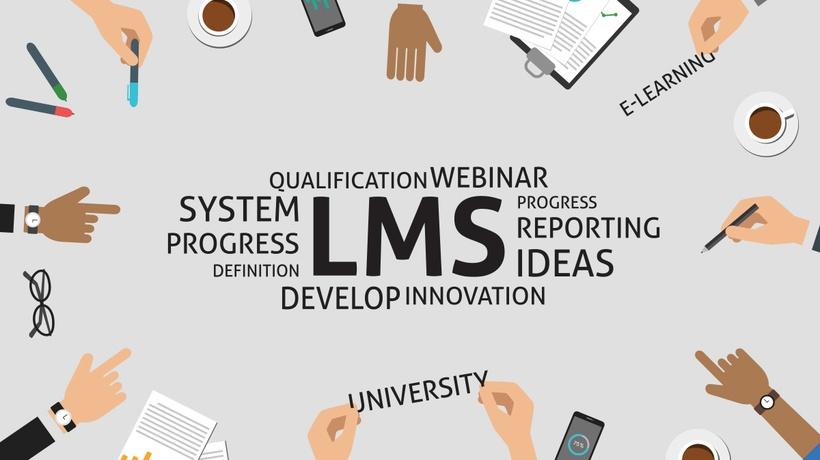
The Future of learning: Trends shaping LMS Development
The landscape of learning management systems (LMS) is undergoing a seismic shift, driven by technological advancements and evolving learner expectations. As we look toward the future, several key trends are emerging that will shape the development and functionality of LMS platforms.
One of the most significant changes is the integration of artificial intelligence (AI) into LMS solutions. AI can personalize learning pathways, adapting content and assessments to meet individual learner needs. This level of personalization not only enhances engagement but also improves knowledge retention. With smart algorithms analyzing learner behaviors, educational institutions can create tailored experiences that cater to diverse learning styles.
Another trend is the rise of mobile learning. As more learners access educational content via smartphones and tablets,LMS platforms must prioritize responsive design and mobile-friendly features. This shift allows learners to engage with their studies anytime, anywhere, breaking down the barriers of traditional learning environments. Mobile-friendly LMS applications are proving to be vital for promoting a culture of continuous learning.
Furthermore, the emphasis on social learning is becoming increasingly prominent. Modern LMS platforms are integrating social media-like features that promote collaboration and interaction among learners. this not only fosters community building but also encourages peer-to-peer learning. Features such as discussion forums, group projects, and social sharing can enhance the learning experience, making it more dynamic and engaging.
| Trend | Description |
|---|---|
| Artificial Intelligence | Personalizes learning experiences and automates administrative tasks. |
| Mobile Learning | Enhances accessibility and flexibility by enabling learning on-the-go. |
| Social Learning | Encourages collaboration and interaction among learners through integrated social features. |
| Gamification | Incorporates game-like elements to boost engagement and motivation. |
| Data Analytics | Utilizes learner data to inform instructional design and improve outcomes. |
lastly, the use of data analytics is transforming how educators assess learner performance. By harnessing data, LMS platforms can provide insights into learner trends and areas for improvement. This not only aids instructors in tailoring their teaching strategies but also empowers learners to take ownership of their progress. As data analytics continues to evolve, the potential for enhancing educational outcomes is immense.
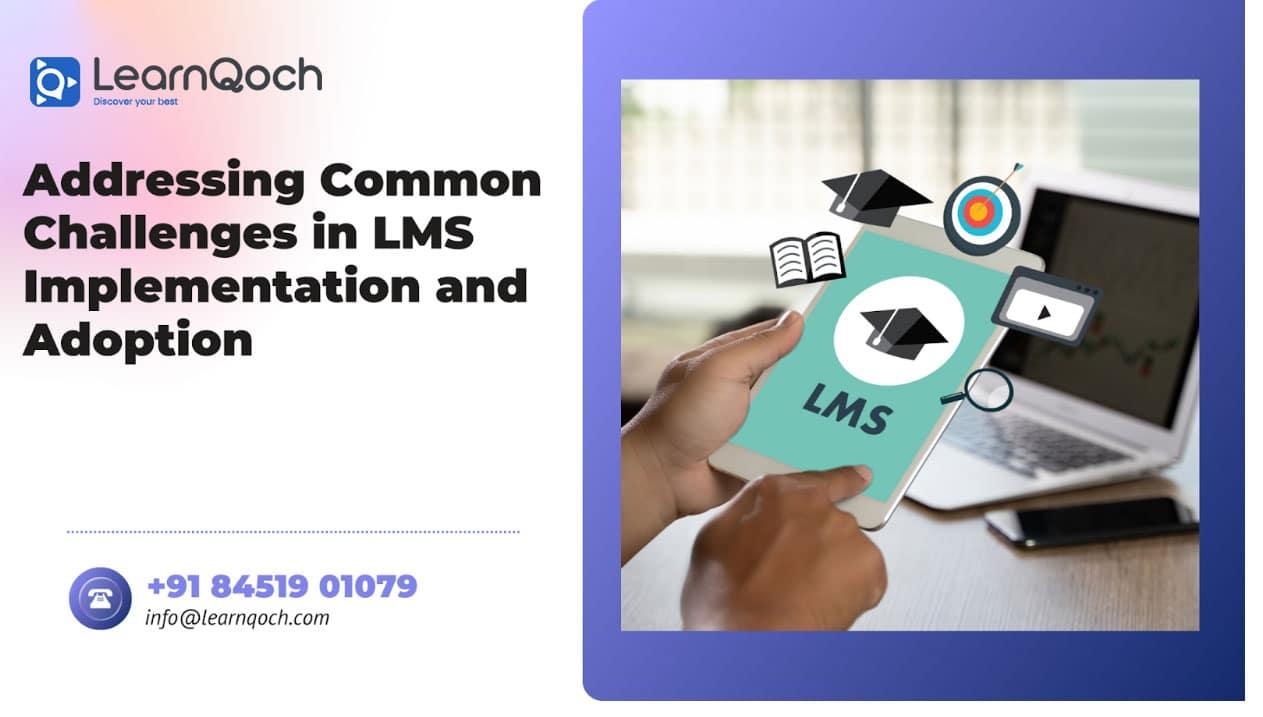
Overcoming Common Challenges When Implementing an LMS
Implementing a Learning Management System (LMS) can be a game-changer for educational institutions and businesses alike, but it doesn’t come without its hurdles. A successful rollout requires careful navigation of common challenges that can impede progress.Understanding these obstacles is the first step toward overcoming them.
User Resistance is one of the most significant challenges when introducing a new LMS. Employees or students may feel overwhelmed by the new technology, fearing that it will disrupt their routine or require them to acquire new skills. To combat this, consider implementing a thorough training program that emphasizes the benefits of the LMS, including:
- Increased accessibility to learning materials
- Personalized learning experiences
- Streamlined communication between instructors and learners
Encouraging user feedback during this training can also help ease concerns and foster a sense of ownership over the new system.
Another common hurdle is integration Issues with existing systems. Many organizations utilize various software for different functions, and integrating an LMS with these tools can be complex. To ensure a smooth integration process, it’s crucial to:
- Conduct a thorough assessment of current systems
- Choose an LMS that offers robust integration capabilities
- Engage IT professionals early in the process for technical support
By aligning the LMS with existing technology, organizations can create a cohesive digital learning environment that enhances user experience.
Content Creation can pose a significant challenge when implementing an LMS. Developing high-quality,engaging content is essential for maximizing the effectiveness of an LMS. Consider the following strategies to streamline content creation:
- Utilize templates and frameworks to ensure consistency
- Collaborate with subject matter experts
- Incorporate various multimedia elements to cater to different learning styles
By investing time and resources into well-crafted content, organizations can ensure that their LMS serves as an effective tool for both teaching and learning.
Addressing these challenges head on not only facilitates a smoother implementation of your LMS but also lays the groundwork for a more effective learning environment. Proper planning, user training, software integration, and quality content development are all critical components that contribute to a successful LMS experience.

Success Stories: Organizations thriving with Their LMS Solutions
Frequently Asked Questions (FAQ)
Q&A: What is an LMS? (Meaning + How is it Used?)
Q1: What exactly is an LMS?
A1: An LMS,or Learning Management System,is like a digital classroom. It’s a software application that helps educators, trainers, and organizations manage and deliver educational courses and training programs. Think of it as a hub where learning materials, assessments, and tracking tools come together in one convenient place!
Q2: Why should I care about an LMS?
A2: If you’re passionate about education—whether you’re a teacher, corporate trainer, or lifelong learner—an LMS can revolutionize how you share knowledge. It streamlines the learning process, making it easy to create, manage, and evaluate courses. Plus, it allows for flexibility, as learners can access materials anytime, anywhere. Who wouldn’t want that?
Q3: How is an LMS used in real life?
A3: Great question! In schools,teachers use LMS platforms to distribute assignments,track student progress,and facilitate discussions. In corporate settings, employers leverage lmss for onboarding and continuous professional development. It’s also used in various industries for compliance training and skills development. So, whether you’re in a classroom or a boardroom, an LMS can enhance learning experiences!
Q4: can you give me examples of popular LMS platforms?
A4: Absolutely! Some of the most popular LMS platforms include Moodle, Canvas, Blackboard, and TalentLMS. Each has its own unique features, but all focus on making learning more accessible and organized. Exploring these options could help you find the perfect fit for your educational needs!
Q5: What are the benefits of using an LMS?
A5: There are plenty of benefits! First, it centralizes all learning materials, making it easy for both instructors and students to find what they need. Second, it provides robust analytics and reporting tools, helping educators understand student performance better. Plus, many LMS platforms support interactive elements like quizzes and forums, which can make learning more engaging.
Q6: Is an LMS suitable for everyone?
A6: While an LMS can be incredibly beneficial, its effectiveness can depend on the audience and content. As an example, younger students may benefit more from a gamified LMS, while professionals might prefer a more straightforward approach focused on skill acquisition. The key is to choose a system that aligns with the learners’ needs and goals.
Q7: How can I get started with an LMS?
A7: First,identify your goals! What do you want to achieve with your LMS? Then,research different platforms,considering factors like budget,ease of use,and features. Many LMS providers offer free trials, so you can test them out before committing. Once you’ve chosen a system, you can start creating courses and inviting learners. It’s that simple!
Q8: any final thoughts on LMS?
A8: an LMS is not just a tool; it’s an possibility! It empowers educators and learners alike, making education more accessible and engaging. So, whether you’re teaching a class or training employees, consider adopting an LMS to elevate your learning experience. Trust me, you won’t regret it!
to sum up
As we wrap up our exploration of Learning Management systems (LMS), it’s clear that these powerful tools are reshaping the way we learn and teach.Whether you’re a student, educator, or corporate trainer, an LMS can streamline your learning experience, making it more engaging and efficient.
Imagine having a centralized hub where you can access all your courses,track your progress,and connect with peers or instructors—all at your fingertips. The possibilities are endless, from personalized learning paths to comprehensive analytics that help you understand your strengths and areas for improvement.
So, if you haven’t yet embraced the world of LMS, now is the time. dive in, explore the options, and see how an LMS can elevate your learning journey. Whether you’re looking to enhance your skills, facilitate training, or simply satisfy your curiosity, there’s an LMS out there that’s perfect for you. Join the digital learning revolution—your future self will thank you!



